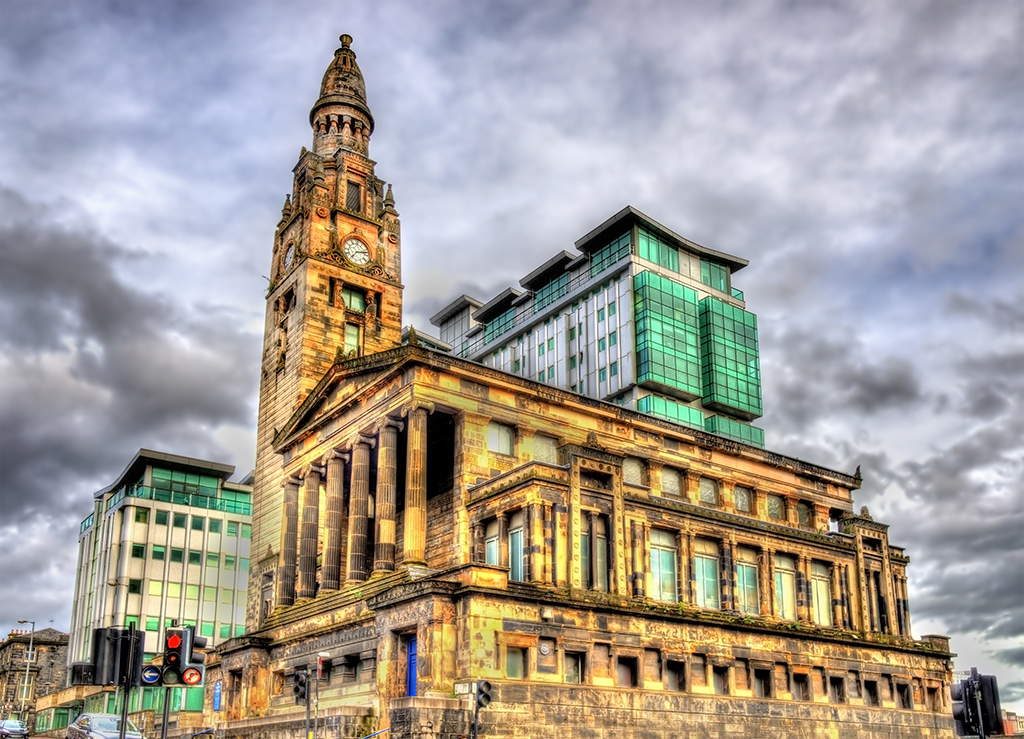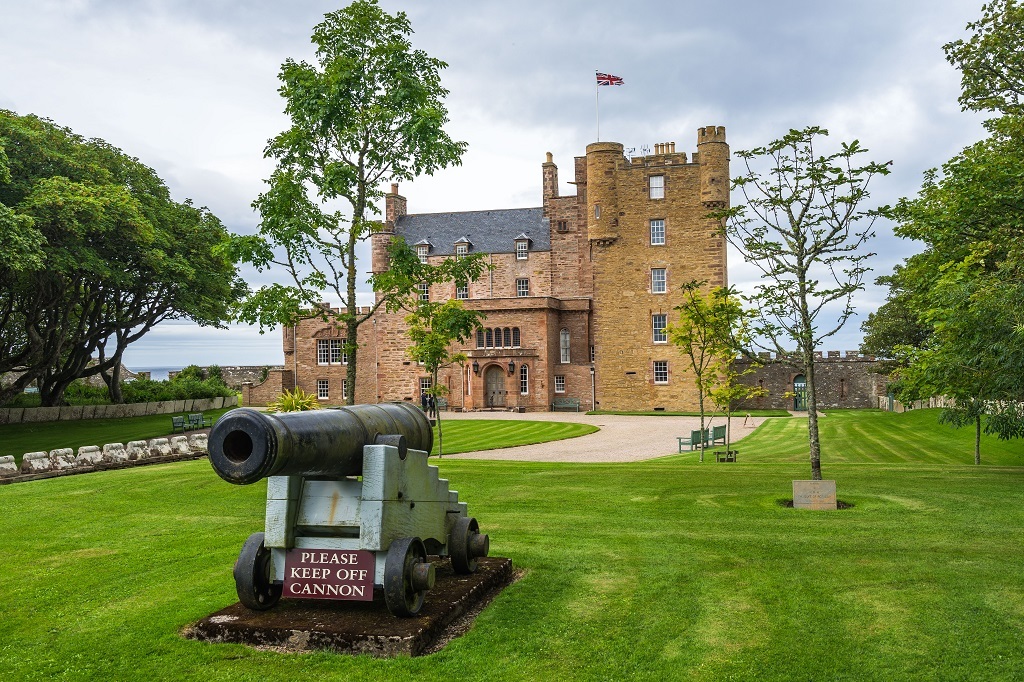Scotland is known the world over for its masters of design.
This round-up of prominent Scottish architects goes to show that when it comes to designs and building, we’re among the very best.
1. Charles Rennie Mackintosh (1868-1928)
Architect, designer and artist, Mackintosh is today celebrated internationally as one of the most significant talents of the late 19th and early 20th centuries. He spent most of his life in his birthplace, Glasgow, a city central to an understanding of his achievements. It is here that the most important of his surviving work is to be found. In architecture, Mackintosh developed his own style, including the Mackintosh Rose motif, a design which features throughout Glasgow on buildings such as the Glasgow School of Art, Willow Tearooms and the Lighthouse.
2. William Henry Playfair (1790-1857)
Playfair is responsible for such neoclassical landmarks as the National Gallery of Scotland and the Royal Scottish Academy; he played a leading role in designing the Edinburgh we see today. Some of his other architectural work around Edinburgh includes the University of Edinburgh Old College, City Observatory and Donaldson’s College. When Playfair died, he was buried in the “Lord’s Row” on the western wall of Edinburgh’s Dean Cemetery, where he had designed monuments for others.
3. William Adam (1689–1748)
From around 1720, Adam was known as ‘The Universal Architect of Scotland’ with his architectural and building projects distributed throughout the country. Designing structures such as Floors Castle, Hopetoun House and Duff House, Adam was one of the foremost architects of his time. As well as this, he was involved in several industrial ventures and improvement schemes, including coal mining, salt panning, stone quarries and mills. In 1731, he began to build his own estate in Kinross-shire, which he named Blair Adam.
4. Robert Adam (1726-1792)
Son of William Adam, the neoclassical architect, the interior and furniture designer took on the family business with his brother John after his father’s death. In 1754, Adam left for Rome, studying architecture under Charles-Louis Clérisseau and Giovanni Battista Piranesi. He established a practice in London, where he developed the “Adam Style”. Some of his most prominent designs in Scotland include Bute House, Charlotte Square and Dumfries House.
5. Alexander Thomson (1817–1875)

St Vincent Street Church in Glasgow (Photo: Leonid Andronov)
Thomson was a prominent Scottish architect and architectural theorist who created some of Scotland’s most unique buildings in the Victorian era. His St Vincent Street Church in Glasgow still stands. Sculptor, John Mossman produced a memorial for Thomson, which can now be viewed in the Kelvingrove Art Gallery.
6. David Bryce (1803-1876)
Possibly the most eminent of Bryce’s architectural work is his recasting of the Bank of Scotland building which dominates The Mound in Edinburgh. He also designed a number of country houses, churches and public buildings including Fettes College and the Royal Infirmary in Edinburgh. In 1835, Bryce was elected an associate of the Royal Scottish Academy, and in the following year became an academician. He was also a member of the Royal Institute of British Architects, the Architectural Institute of Scotland and the Royal Society of Edinburgh.
7. Sir John James Barnett (1857–1938)
Burnet was a Scottish Edwardian architect best known for a number of prominent buildings in Glasgow, his home town, including the Athenaeum, the Glasgow Savings Bank, the extensions to Merchants’ House and Charing Cross Mansions. His work also stretched beyond Glasgow, most notably the extension to the British Museum in London.
8. William Burn (1789-1870)

The Queen Mother bought the Castle of Mey
Burn was a pioneer of the Scottish Baronial style who received major commissions from when he was just 20 through to his death at 80 years old. Although usually identified with the Baronial style, Burn was highly versatile, responsible for a number of churches, such as the Church of St John the Evangelist, on Princes Street in Edinburgh; and for castles such as Inverness and the Castle of Mey.
9. Thomas S Tait (1882-1954)
Tait was considered to be one of Scotland’s foremost architects between the wars. He was a Scottish Modernist Architect who played a major role in the design of the Kodak Building in London, considered to be among the first examples of modern architecture in the country. Tait is remembered prominently in Scotland for St Andrews House in Edinburgh; however he did work on other landmarks worldwide such as the pylons for Sydney Harbour Bridge in Australia and later versions of the Selfridges building in Oxford Street, London.
10. Sir William Bruce (1630-1710)
Bruce was a key figure in introducing Palladian style to Scottish architecture. As the king’s architect he undertook the rebuilding of the Royal Palace of Holyroodhouse in the 1670s, giving the palace its current appearance. The prestige he earned from his work for the king meant he went on to build and remodel a number of country houses, including Thirlestane Castle and Prestonfield House. Among his most significant work was his own Palladian mansion at Kinross.
Click HERE to read more culture news and features from Scottish Field
TAGS

